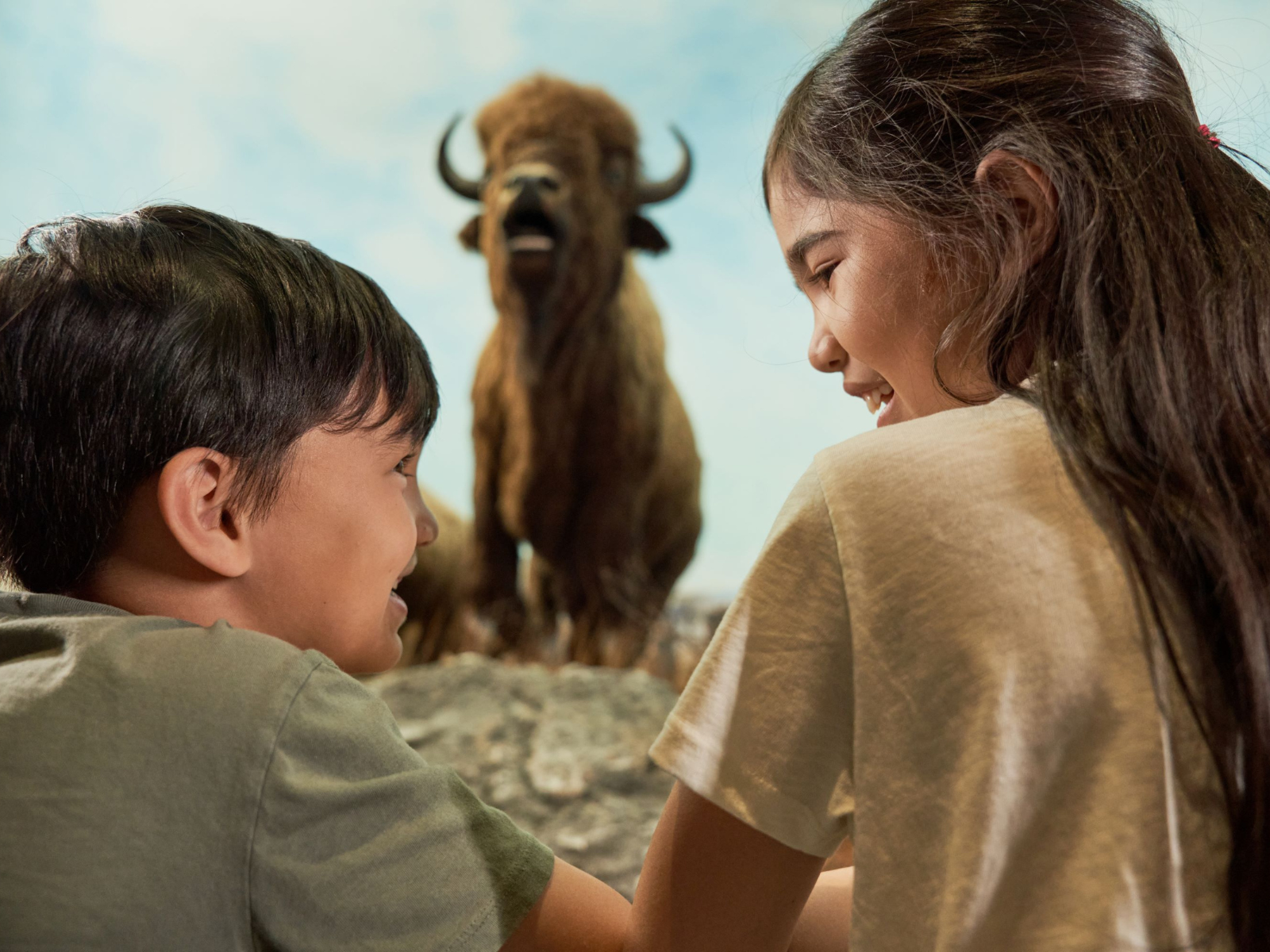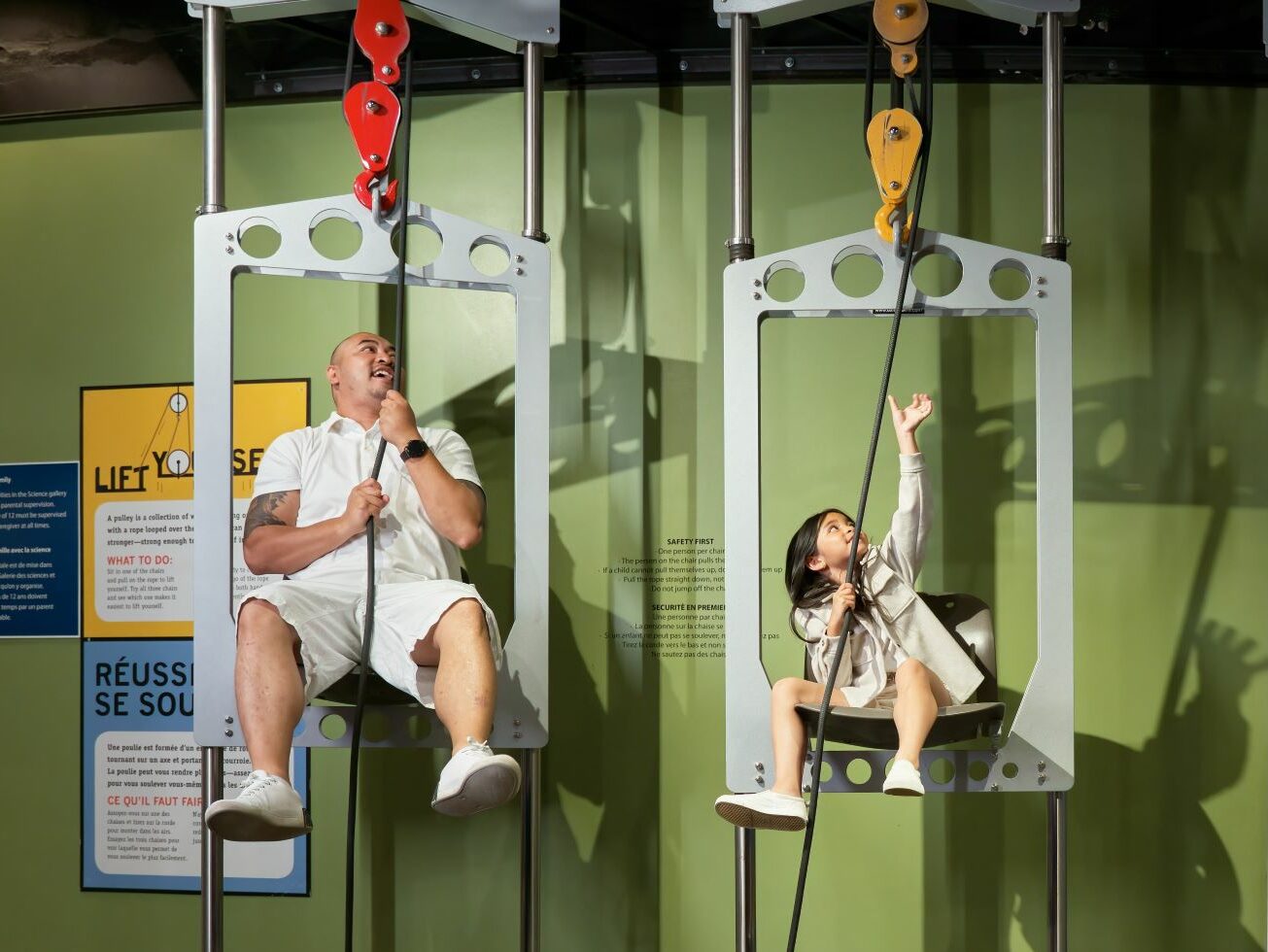Thank you for your interest in growing the Manitoba Museum’s collections! On this page you can find answers to some of the frequently asked questions that come with donating an object to the collection.
To contact our Collections and Conservation department about donations, please click here to fill out our webform.
We require donors (or their representative) to thoroughly fill in the offer of donation form on our website, including uploading photographs of the items offered. This provides us with the details we need to assess the offer and determine next steps, as all potential donations go through a formal assessment and approval process.
First, offers are reviewed and assessed by a curator and our conservator. The more data we are given about an object or specimen, the better. If a curator needs more information about an item, they may contact a donor to follow up or arrange a meeting to view the object(s) or specimen(s). Please do not bring objects or specimens to the Museum without an appointment.
During the assessment phase, we look at gaps in our existing collections, determine the historic or scientific value of the item(s) based on the information provided by the donor, analyze the condition of the item and determine any treatments or preparation required, and identify storage needs for the donation.
If the item is determined to be a good fit for our collection, the curator makes a recommendation to the Museum’s Collections Committee, which meets on a monthly basis. Click here to read the Museum Collection Policy.
The Committee reviews the curator and conservator’s assessment and based on this information, approves or rejects the recommendation.
The donor is advised of the decision (expect to hear within 8 weeks of the proposal) and is sent a Deed of Gift to sign and return. The Deed of Gift is a formal agreement required for us to accession any objects or specimens into the collections.
The Collections Committee is made up of two lead curators, representing Natural History and Human History respectively, Collections Specialists, Collections Technicians, and our Senior Conservator. This committee provides a balanced review of recommendation acquisitions, loans, deaccessions, and other collections management activities.
When an offer is accepted, the Museum arranges for you to sign a Deed of Gift. By signing the Deed of Gift, you transfer your ownership of the object(s) and/or specimen(s) over to the Museum.
The Museum is unable to accept all offers of donation to the collection. Staff may recommend another museum or archive whose collecting mandate more closely relates to your object.
Potential donations are assessed against three main criteria:
History: The value of an object or specimen increases when more is known about it. Think about Who, What, When, Where, Why, and How when completing the donation form. Do you have information about how, where, and when the object was created? Do you know when, where, and by whom the specimen was collected? This information is critical not only to the assessment process, but also for future use of the object or specimen!
Condition: Is the object complete and in good condition? The Museum will assess whether it has the means to properly care for the object.
Relevance: The Museum will consider how the object fits with the Museum’s mandate and whether it will bring a new perspective to the existing collection.
Donors may be recognized in The Manitoba Museum’s Annual Report. A third party, like an artist/maker, original/previous owner, or research associate, may be credited to recognize their role in creating/using an object or assembling a collection. Donors also have the option to remain anonymous.
No, once the donation process has been completed, the object(s) or specimen(s) become the legal property of the Museum and cannot be returned. You may wish to discuss the donation with your family members before contacting the Museum.
As a registered charity, The Manitoba Museum can issue gift-in-kind income tax receipts for the fair market value of an object, in accordance with its own procedures and Canada Revenue Agency regulations. An independent appraiser is needed to assess values great than $1,000. The donor is requested to cover appraisal costs. Appraisal services are not a tax receiptable item.
Note: Income tax receipts may not be issues for donations of archaeological artifacts, protected paleontological specimens, wildlife, or any other objects deemed owned by the Crown after May 3, 1967.
Yes, as a designated Category “A” institution under the Department of Canadian Heritage, The Manitoba Museum is eligible to acquire certified cultural property. The Collection Committee determines whether the Museum will support such an application for income tax purposes. Applications are submitted to the Canadian Cultural Property Export Review Board for consideration.
Collections staff will process your donation and create a descriptive catalogue record in our collections management system. This will allow access to information about the object and limit physical handling. Conservation staff may create customized supports to store fragile items. Objects are stored with appropriate temperature and humidity controls to ensure long-term preservation.
It is not possible to place all of the Museum’s collection out on display, but every attempt is made to change the exhibits regularly (funding dependent). Like most museums, The Manitoba Museum is only able to show a small percentage of its collection at any given time. Fragile items are usually not considered for long-term exhibit due to their susceptibility to damage. There are many other ways the Museum may put your donation to use.
Objects in the collection may be accessed through the Museum’s collections database.
Objects may be considered when planning for special tours, temporary in-house or travelling exhibits, and virtual online exhibits.
The collection is an important source of information for researchers. The Museum’s curators and collections staff conduct many research projects that involve aspects of the collections, and their findings are made available to the public in various ways such as publications, lectures, workshops, social media, and blog posts on the Museum’s website.
Objects owned by the Museum may be loaned to other public institutions for special exhibitions. They are made accessible to scholars and students, independent researchers, and community organizations for the wealth of knowledge they contain.
If you have any questions that were not answered here, please contact us at MuseumCollections@manitobamuseum.ca.


